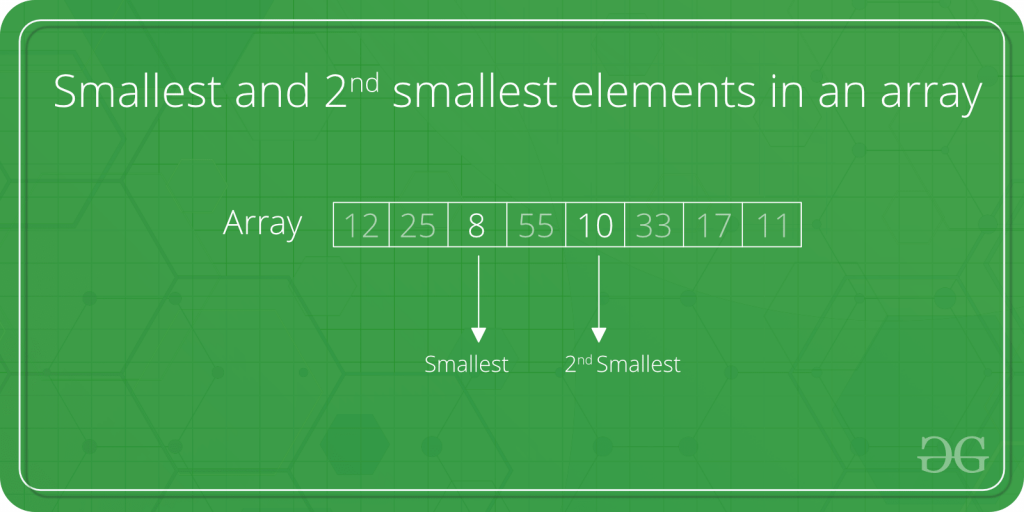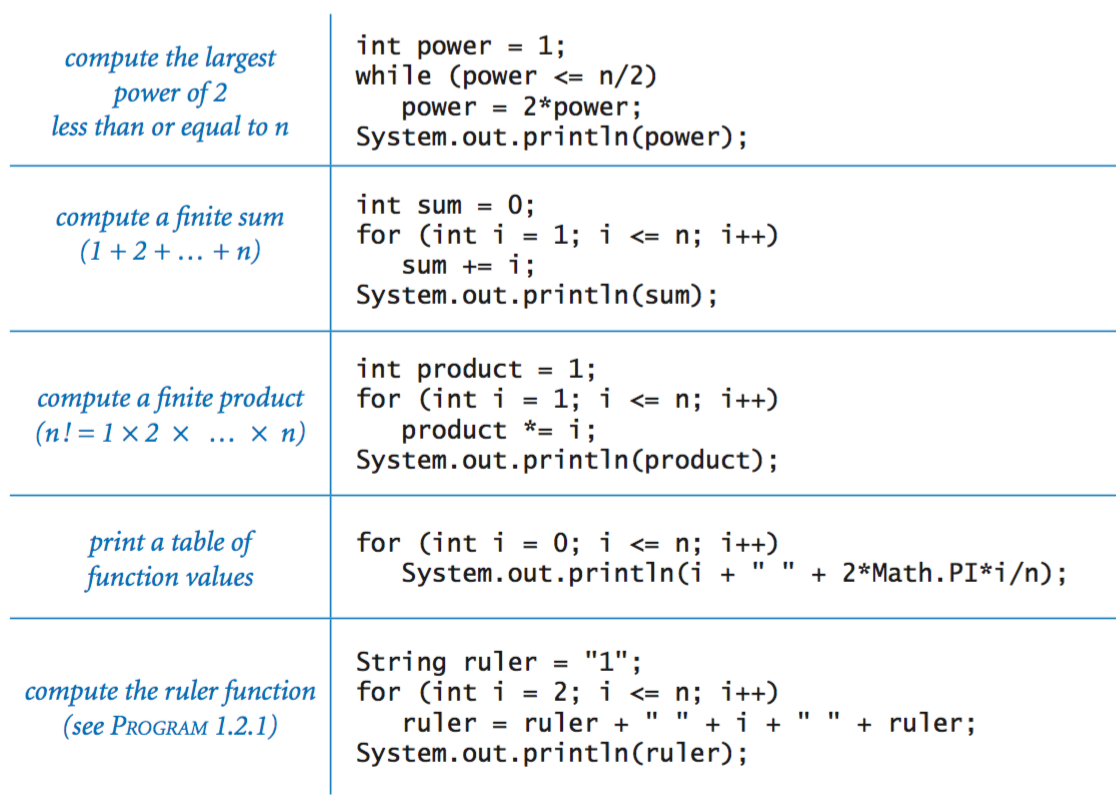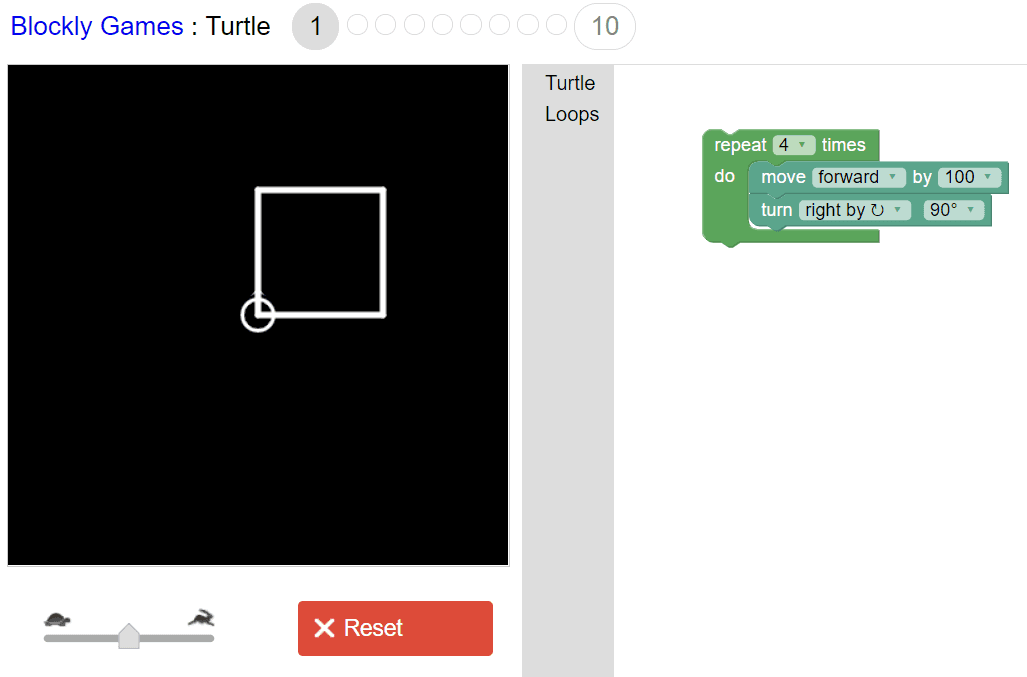To summarize, to search an unsorted vector for a single target worth, a smart choice is to make use of the %in% operator. The which.max operate can be utilized to search out the index of the largest value in a vector. The first assertion creates an integer vector with five values. The second statement units up a target value for which to look. The third assertion uses the built-in %in% operator to seek for the target. The return worth is TRUE because the goal value is in the vector. The fourth assertion returns a sorted copy of the vector using the built-in sort perform with the default radix algorithm. The last statement uses the built-in which.max operate to return the 1-based index of the most important value in vector v . A vector is only a set of objects of the same sort. You can create logical, character, numeric, complicated or even factor vectors, amongst others. It is value to mention that the completely different terms of the vector are known as parts. In addition, you can check the class of a vector with the category operate and the type of the elements with the typeof perform. In a nutshell, R has a built-in sort perform that can sort the values in a vector using a shell sort, a radix sort and a quicksort. You can even write program-defined sorting functions utilizing R language primitives. R has numerous built-in sequential search capabilities. You can write a program-defined sequential search perform with an epsilon tolerance when needed. R would not have a built-in binary search perform, however writing such a operate isn't too difficult. Return a partial permutation I of the vector v, in order that v returns values of a fully sorted model of v at index k.
If k is a range, a vector of indices is returned; if k is an integer, a single index is returned. The order is specified using the same key phrases as sort!. The permutation is secure, meaning that indices of equal elements seem in ascending order. The order function's default sort is in ascending order . A quick hack to reverse that is to add a minus sign to the sorting variable to indicate you want the outcomes sorted in descending order. That allows you to use a different sorting algorithm, and better find a specific column, a single row, or any null worth or lacking data in your dataset. If A is a cell array of character vectors or a string array, then sort sorts the weather in accordance with the code order for the UTF-16 character encoding scheme. For more information on sorting character and string arrays, see Sort Order for Character and String Arrays. Let's check out the differing kinds of sort in R, as nicely as the difference between sort and order in R. Continuing the instance in our r knowledge frame tutorial , let us take a glance at how we might capable of sort the data frame into an acceptable order. We shall be using the order function to perform this. We're going to walk via how to sort information in r. The vector_of_indices must consider to a vector of sort uvec(eg. generated by the find() function). The mixture set of the required elements is treated as a column vector (ie. the output of Q.elem() is at all times a column vector). This chapter describes capabilities for sorting knowledge, both immediately and indirectly . Heapsort is an algorithm which operates in-place and does not require any additional storage. It also provides consistent performance, the operating time for its worst-case being not significantly longer than the typical and finest circumstances.
Note that the heapsort algorithm does not preserve the relative ordering of equal elements—it is an unstable sort. However the ensuing order of equal elements might be consistent across totally different platforms when using these capabilities. In Chapters 1 and a pair of, we saw a number of forms of vectors for logical values, character strings, and naturally numbers. This chapter reveals you extra manipulation techniques for vectors and introduces their multidimensional brethren, matrices and arrays. In the function X.elem, elements laid out in vector_of_indices are accessed.X is interpreted as one lengthy vector, with column-by-column ordering of the weather of X. The combination set of the specified elements is treated as a column vector (ie. the output of X.elem() is at all times a column vector). In R, the most basic objects out there to retailer data are vectors. As we have seen, advanced datasets can normally be broken down into elements which are vectors. For example, in an information frame, each column is a vector. The following example opens a file of binary data and stores it in an array of doubles. The array measurement is computed from the dimensions of the file. If the vector "knowledge" exists, calling Rbc_VectorExists, Rbc_GetVector is known as to get the pointer to the vector. Otherwise the routine Rbc_CreateVector is recognized as to create a brand new vector and returns a pointer to it.
Just like the Tcl interface, each a model new Tcl command and array variable are created when a new vector is created. It would not make any difference what the initial measurement of the vector is since it will be reset shortly. The vector is up to date when lt_ResetVector known as. Rbc_ResetVector makes the adjustments seen to the Tcl interface and different vector shoppers . Vectors in R are the info structures containing numeric, integer, advanced, character, or logical information kind. It is considerably similar to an array in other languages, but it starts at 1 as a substitute of 0. Vectors are the most fundamental R data objects and there are six types of atomic vectors. They are logical, integer, double, complicated, character and raw. The built-in sort perform can handle the vast majority of frequent programming situations, however you'll have the ability to write your own program-defined sort function. There are no features for sorting advanced arrays or vectors, since the ordering of advanced numbers just isn't uniquely outlined. To sort a fancy vector by magnitude compute a real vector containing the magnitudes of the complicated elements, and kind this vector not directly. The resulting index gives the appropriate ordering of the unique advanced vector. The returned record has length of the shortest assortment. Saving int, float or double matrices is a lossy operation, as every element is copied and transformed to an eight bit representation. As such the cube/field should have values in the interval, otherwise the ensuing picture could not display appropriately. As such the matrix should have values in the interval, in any other case the resulting picture could not show correctly. Numerical knowledge saved in machine dependent uncooked binary format, with no header.
Matrices are loaded to have one column, while cubes are loaded to have one slice with one column. The .reshape() perform can be utilized to alter the scale of the loaded matrix/cube with out losing information. The operate .unsafe_col() is offered for velocity reasons and must be used provided that you understand what you might be doing. It creates a seemingly impartial Col vector object (eg. vec), but makes use of memory from the present matrix object. For all forms, values is a dense column vector containing the values to be inserted; it will have to have the same element sort because the sparse matrix. For forms 1 and 2, the value in values shall be inserted on the location specified by the i-th column of the areas matrix. When steady is 1 then linear interpolation is used to define the values between time factors. Note that if there are discontinuities in the perform itself, then tvec should have adjoining elements with the identical time value. When a value is larger than the vary of the t vector, linear extrapolation of the final two factors is used instead of a constant final value. If a relentless outside the range is desired, make sure the final two points have the same y worth and have completely different t values . With an argument, frees the old memory house and allocates new reminiscence area for the vector, copying old element values to the model new elements. If the request is less than the size, the dimensions is truncated to the request. For vectors that develop constantly, it may be extra efficient to allocate enough space at the outset, or else often change the buffer_size by larger chunks. It is not essential to fret in regards to the effectivity of growth during a Vector.document because the house obtainable mechanically increases by doubling. Resets the components of the vector pointed to by vecPtr. Calling Rbc_ResetVector will trigger the vector to dispatch notifications to its purchasers. DataArr is the array of doubles which represents the vector information.
NumValues is the number of elements in the array. FreeProc indicates how the storage for the vector element array was allotted. It is used to discover out tips on how to reallocate memory when the vector is resized or destroyed. It have to be TCL_DYNAMIC, TCL_STATIC, TCL_VOLATILE, or a pointer to a perform to free the reminiscence allotted for the vector array. If freeProc is TCL_VOLATILE, it indicates that dataArr must be copied and saved. If freeProc is TCL_DYNAMIC, it signifies that dataArr was dynamically allocated and that Tcl should free dataArr if essential. Static indicates that nothing should be carried out to launch storage for dataArr. Perform matrix multiplication utilizing srcVec, placing outcomes both in dstVec, or returned as a list. The numrows of srcVec should equal numcols in vecName. One utility for multiply is coordinate transformation. Normally with vectors, you would like to view the Tcl array as you do a C array, as an array of floats or doubles. But with hash tables, you have to convert each the index and worth to and from decimal strings, simply to access a component in the array. This makes it cumbersome to perform operations on the array as an entire.
This operate returns the permutation array generated by sorting the rightmost (n - 1th) dimension of the x array and, optionally, rearranging the elements of the array. The array might be sorted in growing or decreasing order. Hence, you'll find a way to create vectors with characters, logical objects or different types of knowledge objects. Sort the weather of a fancy vector by their real elements. By default, the kind function sorts complex values by their magnitude, and breaks ties utilizing part angles. Specify the value of 'ComparisonMethod' as 'real' to as an alternative sort complicated values by their actual elements. For elements with equal real components, sort breaks the tie primarily based on their imaginary elements. The "radix" method usually outperforms the opposite methods, especially for small integers. Compared to quick sort, it's slightly sooner for vectors with massive integer or actual values (but in distinction to quick sort, radix is stable and supports all na.last options). If k is a single index, that value is returned; if k is a spread, an array of values at these indices is returned.
Indicate that a sorting function should use the insertion sort algorithm. Insertion sort traverses the gathering one element at a time, inserting each element into its right, sorted place within the output list. Order() perform in R Language is used to sort an object by its index value. These objects could be vector, matrix or data frames. This function accepts boolean value as argument to sort in ascending or descending order. Provide quick and easy accessibility to pandas knowledge constructions throughout a wide range of use circumstances. This makes interactive work intuitive, as there's little new to learn when you already know the method to take care of Python dictionaries and NumPy arrays. However, since the type of the info to be accessed isn't known in advance, immediately utilizing normal operators has some optimization limits. For production code, we beneficial that you simply take benefit of the optimized pandas data access strategies exposed in this chapter. The vector variables that we now have looked at thus far are one-dimensional objects, since they've size however no other dimensions. "Rectangular" means that every row is the same size, and likewise for each column and other dimensions.
Matrices are a special case of two-dimensional arrays. For named vectors, passing a character vector of names returns the slice of the vector containing the elements with those names. Up to now, the variables we now have outlined are just one number. The most common method of storing a dataset in R is in a knowledge body. Conceptually, we will consider a data body as a desk with rows representing observations and the different variables reported for every observation defining the columns. Data frames are particularly useful for datasets as a result of we are in a position to mix completely different knowledge types into one object. The area valueArr points to reminiscence holding the vector elements. The elements are stored in a double precision array, whose dimension dimension is represented by arraySize. The size of the array is always equal to or larger than the length of the vector. Min and max are minimum and most element values. Searches for a price or range of values among the components of vecName. If one value argument is given, a listing of indices of the components which equal value is returned. If a second value can additionally be provided, then the indices of all components which lie throughout the vary of the 2 values are returned. Several mathematical capabilities are supported for vectors.
Each of the next features invokes the math library operate of the same name; see the guide entries for the library features for particulars on what they do. The operation is applied to all elements of the vector returning the outcomes. If no vector operand is used in the name, the present vector is assumed. You may attempt to use Tcl's associative arrays as vectors. You can access individual elements randomly by specifying the index, or the set the entire array by offering an inventory of index and worth pairs for each element. The disadvantages of associative arrays as vectors lie within the reality they're implemented as hash tables. The very first thing you note is that the weather of the issue created from the atomic character vector are stored so as. To get the subset of distinctive elements, the degrees function can be utilized. As installed, the R language would not have a binary search function for use in situations the place you are looking a sorted vector. You can install the gtools add-on bundle and use its binsearch perform, or you can write a program-defined binary search operate. The 3 worth at output means the value at v, which is four, is at position of the target vector. The NA values tell you which of the source-vector values aren't being searched for.































































